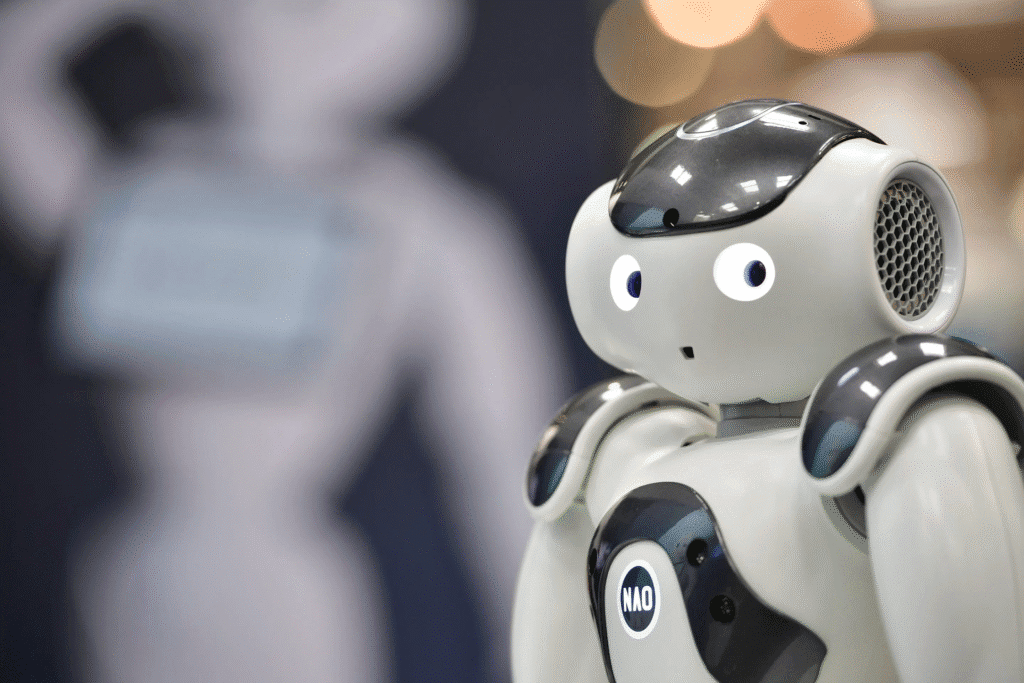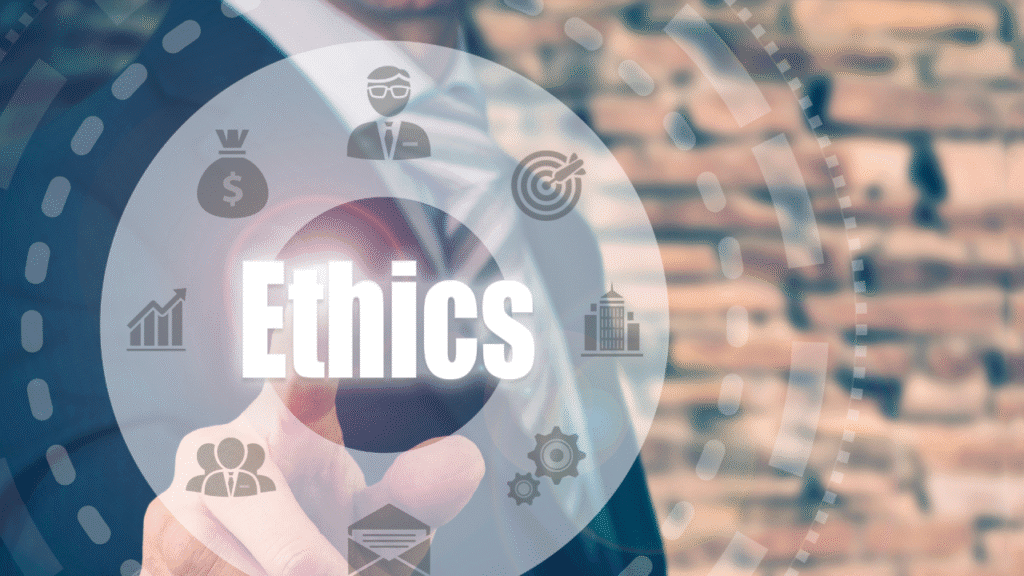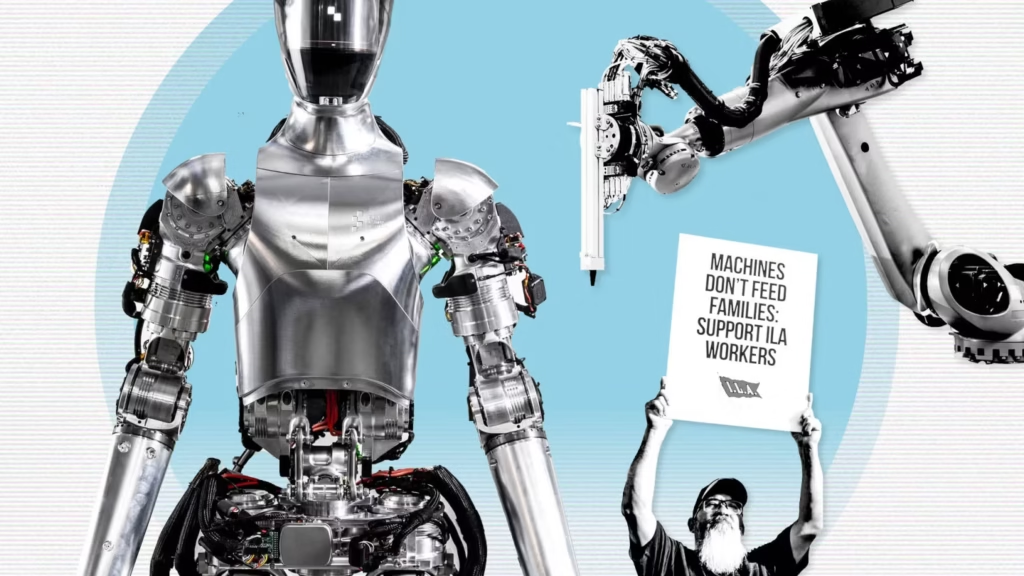Walk into almost any U.S. workplace in 2025 and you will hear the same buzzwords: generative AI, machine learning, robotic process automation. From small retail chains to Wall Street banks, software bots and smart machines are reshaping how millions of people clock in, collaborate, and collect a paycheck. This sweeping shift is not coming someday—it is already here, quietly altering job descriptions, salaries, and career paths in real time.
A Quiet but Rapid Expansion
Over the last decade, adoption of automation technologies has accelerated for one simple reason: return on investment. Cloud-based AI tools can analyze invoices, draft marketing copy, or predict maintenance needs faster—and often more accurately—than humans. A 2024 report by consulting firm McKinsey found that U.S. companies deploying AI at scale sliced administrative costs by up to 30 percent, while boosting productivity 15-20 percent on average. Those numbers speak louder than any skeptic.
Retail giants illustrate the trend. Walmart now uses computer-vision cameras to track shelf inventory, freeing employees to focus on customer service. Home Depot’s chatbots answer DIY questions day and night, cutting call-center wait times. Even mom-and-pop stores rely on AI-powered bookkeeping apps that reconcile bank statements automatically.

New Jobs Emerge as Old Tasks Vanish

Automation does replace routine work, but it also creates fresh roles. When a bot handles repetitive data entry, someone must design, train, and refine that bot. Cybersecurity analysts, prompt engineers, AI ethicists, and drone fleet managers are careers that barely existed ten years ago. According to the U.S. Bureau of Labor Statistics, tech occupations tied to AI are projected to grow 23 percent from 2024-2034—more than triple the national average.
Still, transition pains are real. Truck drivers worry that autonomous rigs will shrink demand for human hands on the wheel. Radiologists watch algorithms detect tumors with superhuman accuracy. Clerical workers who once filed papers now need digital-workflow skills. Economists estimate that 12 million American workers may need significant retraining by 2030 to stay relevant.
Human Skills Beat the Algorithms

The good news: machines remain lousy at many things people do effortlessly—empathy, creativity, cross-disciplinary problem solving. Doctors using language-model assistants say patient satisfaction rises when the software drafts notes, letting physicians spend more time listening. Lawyers lean on AI to summarize case law, then use freed-up hours to craft persuasive arguments only a human mind can weave. In short, AI shines as a tireless sidekick, not a total replacement.
HR experts advise workers to double down on so-called “power skills”: communication, teamwork, and adaptability. A 2025 LinkedIn survey shows roles combining technical know-how with interpersonal savvy—customer success managers, product owners, learning-and-development leads—are among the hardest for employers to fill.
Corporate Playbooks: Adopt, Upskill, Repeat
Forward-thinking companies treat AI not as a gadget but a strategic pillar. Their playbook looks like this:
- Audit processes. Identify steps that are rule-based and high-volume.
- Pilot small. Test one automation tool in a low-risk area.
- Measure ROI. Track cost, speed, quality, and employee satisfaction.
- Upskill teams. Offer micro-courses on data literacy and AI basics.
- Scale responsibly. Build guardrails for privacy, bias, and cybersecurity.
Financial services firm CapitalOne followed this roadmap and now runs more than 2,000 machine-learning models, yet the company also invested over 5 million worker-training hours in 2024 alone. Executives say the dual focus—tech plus talent—earned a double-digit jump in net promoter score.
Policy Makers Step In
Washington is paying attention. In 2023 the Biden administration released an “AI Bill of Rights” blueprint urging transparency and fairness. Several states now offer tax incentives to firms that retrain displaced employees rather than lay them off. Meanwhile, community colleges nationwide partner with tech vendors to deliver six-month AI certificates that qualify for federal Pell Grants. These moves aim to soften automation’s blow on middle-income families.
Small Businesses: Don’t Get Left Behind
Contrary to myth, AI is not only for Fortune 500 budgets. Subscription tools like Canva, ChatGPT Teams, and QuickBooks Advanced cost less per month than a single dinner in New York City. Entrepreneurs can automate social-media posts, generate leads, or forecast cash flow with a few clicks—no coding required. The key is starting small and choosing tools that integrate with existing software.
The Ethical Frontier

Every breakthrough carries risk. Deepfake videos can tarnish reputations in minutes. Biased data can deny someone a mortgage. American firms must comply with evolving regulations such as the EU’s AI Act (if they trade overseas) and a patchwork of U.S. privacy laws. Experts recommend forming cross-functional AI governance boards that include legal, security, and diversity officers. Transparency reports, bias audits, and “human-in-the-loop” controls are fast becoming best practice.
What Workers Can Do Today
- Learn the basics. Free courses on Coursera or edX explain AI concepts in plain English.
- Automate a task yourself. Use Zapier or Microsoft Power Automate to save an hour a week.
- Build a portfolio. Document any AI tools you use on the job; evidence matters during performance reviews.
- Network in new circles. Join local meetups or online forums to swap automation tips.
- Ask your boss. Companies often reimburse relevant training—many employees never think to ask.
Looking Ahead
Will AI spell the end of work? History suggests otherwise. The steam engine, electricity, and personal computer all threatened jobs—and ended up creating more, after painful adjustments. Economists forecast that AI could add $4 trillion to U.S. GDP by 2035 if businesses reinvest gains into innovation and human capital.
The bottom line: automation is neither a villain nor a savior. It is a tool—powerful, imperfect, and here to stay. Americans who treat learning as a lifelong habit will likely thrive. Organizations that blend smart software with smarter people will outpace rivals. And society that sets fair rules while encouraging progress may turn this technological tide into a rising sea that lifts all boats.
Read More:- The Ethical Frontier













